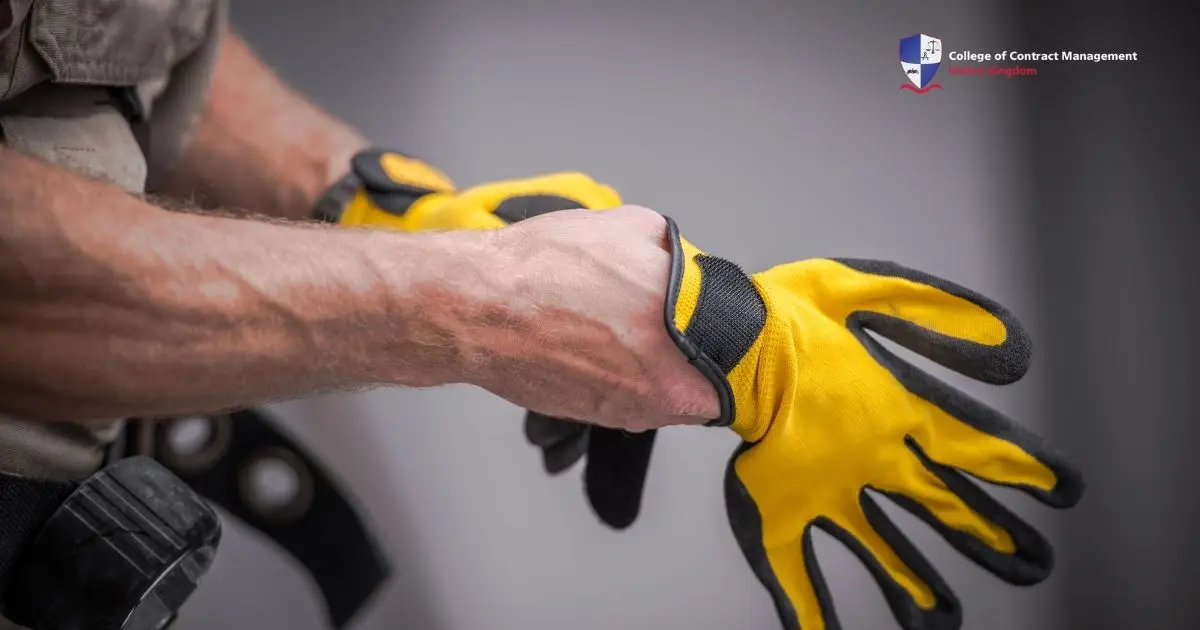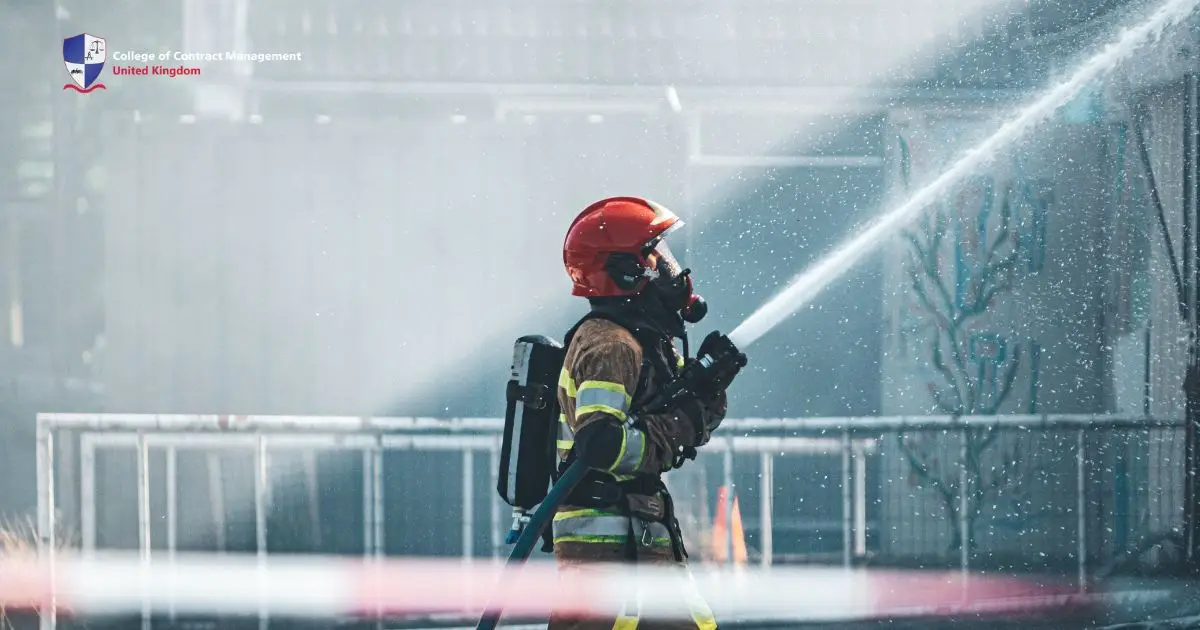The construction site is a busy place where workers actively build and create structures. Every day, workers have to deal with different extreme routines. For instance, they're mixing concrete or welding metals. However, most skilled engineers forget to protect their hands because they have great techniques to avoid harm at work. In line with this, using gloves as protection in construction is important.
All workers must protect their bodies, especially their hands when working on the construction site. A study from 2021 reveals that more than 20.000 injuries affect workers' hands and the rest of their arms. Therefore, this study shows the importance of wearing handwear to protect the fingers and hands.
This article explores the types of gloves and their benefits. It provides the standards and requirements that fit the workers' needs. In the end, there are tips on picking the right handwear for different jobs. By knowing the types and their uses, the workers will stay safe at work. Let's start exploring!
Why do construction workers need to use gloves?
The workers must wear gloves because they can protect hands from cuts, abrasions, punctures, and burns. A survey shows that 40% of workplace accidents happen to the hands, and 70% of the injuries happen because they removed their hand cover. In line with this, all workers are responsible to protect their own hands.
Workers need to learn about the basics of protective gear. Personal Protective Equipment (PPE) is the gear that the worker needs to use while working on the site. The use of this equipment is to minimise the exposure to dangerous materials that cause injuries. The items of PPE include the things that protect the whole body, including hands and arms.
Types of construction gloves
There are different types of gloves for different tasks. Every construction job comes with its own challenges. For example, handling sharp materials or working in extreme conditions. Working on these stuff without protection leads to injuries. As a result, workers may get cuts or burns if they don't wear proper safety equipment.
The proper safety handwear needs to be protective. Each of these helps to prevent the specific danger. For instance, some have special materials to protect hands from chemicals. On the other hand, the glove needs to be comfortable so the worker can work easily. Therefore, here are the types for specific needs:
Leather Gloves
Leather gloves are ideal for construction and heavy-duty work. The glove comes from different materials, such as cowhide, goatskin, deerskin, and even pigskin. This kind of glove protects the hand from abrasions, cuts, and heat. Besides, it helps workers to handle heavy tools and materials so they won't hurt their hands. Perfect for handling rough jobs, the leather glove provides both comfort and safety on the job site.
Aluminised Gloves
Construction workers, especially those who handle lots of heat, use aluminised gloves for work. It has a shiny aluminium coating that prevents hands from burns and fire sparks. The material of this glove provides durability and flexibility that make the users comfortable. As a result, it protects hands from dangerous jobs like welding and metalwork.
Rubber Gloves
Another one that is popular among construction workers is rubber gloves. Even though it's not heat resistant like the other two, this glove protects the worker from liquids and chemicals. Rubber gloves come from different materials, such as natural and synthetic rubber. Besides, the materials offer a secure grip so the workers can use them safely.
Kevlar Gloves
The kevlar gloves are another construction gear that is popular among workers. The glove comes from a material called kevlar, which is a strong synthetic fibre. This glove has a high tensile strength that offers protection against cuts, slashes, and high temperatures. Additionally, it's lightweight and flexible so workers can work with comfort.
Factors to consider when choosing gloves
When choosing gloves for construction, it is important to take a look at several factors. Make sure that the glove meets the needs for protection. The right pair of hand protection keeps the hands safe while improving productivity at the workplace. Choosing the best glove will reduce the risk of injury and make sure your hands stay comfortable. Here's a detailed guide to the key things when choosing the handwear:
- The purpose: The first thing to think about is what you'll be using the protective handwear for. Different tasks require different types of materials. For example, leather is perfect for handling wood. Meanwhile, kevlar prevents cuts.
- The material: The material of the hand protection is very important because it affects how durable and safe they are. Materials like leather and aluminium protect hands from heat.
- The quality: It's important to choose hand protection that meets safety standards. Choose a pair that has certification for organisations such as ANSI or ASTM. These certifications ensure that the protection is effective for specific tasks.
- The performance: If you're working with chemicals or in high temperatures, you'll need protection that can handle those tough conditions. Make sure to choose the right glove material to have proper protection.
Benefits of choosing the right gloves
Selecting the right safety gear for construction is important to keep workers safe and reduce accidents in the workplace. The worker has to deal with many risks, such as cuts, scrapes, impact injuries, and chemical exposure. In line with this, there are different types of gloves that offer to prevent these harms.
Before choosing the glove, people need to understand the needs of construction workers. If it's for working with heat, an aluminised glove is perfect. On the other hand, the rubber glove is suitable for working with liquids. As a result, people can work with comfort when using the right pair of hand protection. Here are some benefits of choosing the right ones:
- Prevent injuries: Handwear for construction protects workers from hazards. They act as a barrier between the hands and dangerous substances. In other words, it reduces the risk of accidents and injury.
- Avoid law problems: The law and workplace safety regulations require workers to cover their hands. Obeying these regulations can help both workers and workplaces avoid fines and other penalties.
- Increase productivity: Covering the hand can increase productivity by reducing the risk of hand injuries. This problem may lead to time off work or reduced efficiency. As a result, this helps workers to feel more confident at work.
Conclusion
In conclusion, wearing the right gloves on a construction site keeps the workers safe. These types of hand protection protect hands from cuts, burns, and other injuries while ensuring workers follow safety rules. There are different types of hand cover for different tasks, whether it's handling sharp tools or working in extreme conditions. By choosing high-quality handwear that fits the job, workers can work safely and avoid accidents. Overall, wearing the right ones helps create a safer and more productive work environment.
To enhance your skills in using safety equipment on construction sites, the College of Contract Management is a great option. The college offers comprehensive courses that provide practical insights into this field. By enrolling, you'll gain the confidence and expertise needed to create safer work environments. Moreover, it ensures a brighter and more secure future in construction. Enrol today and start your journey!





